This week’s automotive puzzle features a turquoise car that looks great to contemporary eyes, but the color was not a big seller back in the day. Our Pick of the Day features another one of those pretty/unpopular hues, but it’s a color on one of the most popular cars in the hobby. This 1967 Chevrolet Camaro Rally Sport is listed for sale on ClassicCars.com by a dealership in Homer City, Pennsylvania.
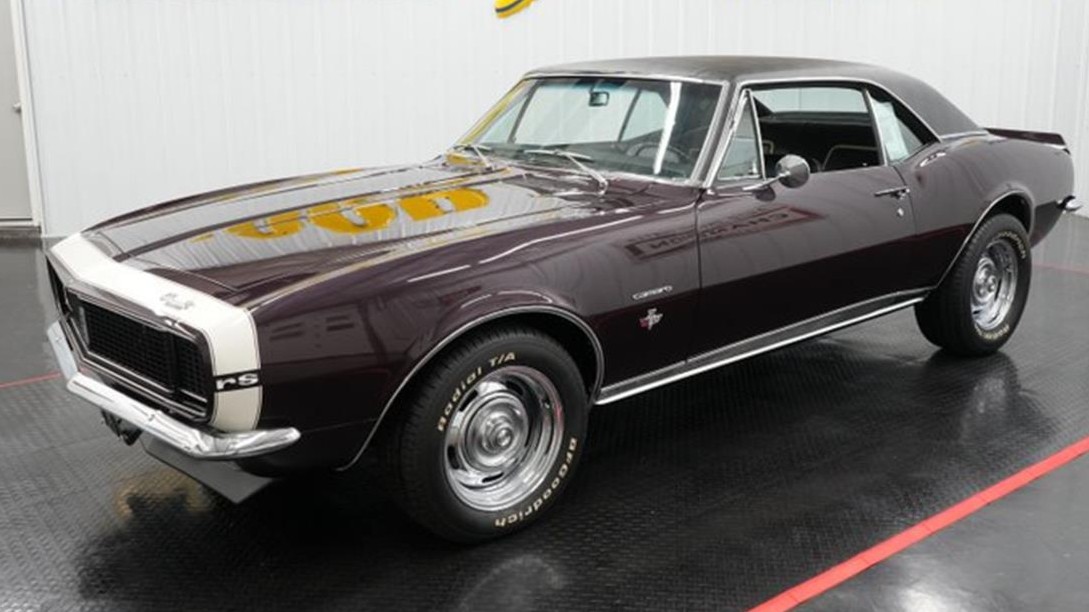
This Pick of the Day will have more personal observations than usual because this car offers several features that I prefer over other model years. That being said, I’ve never been a Chevrolet guy or a pony car guy, but I’ve softened my position over the years. When it comes to first-generation Camaros, I’ve tended to lean into the 1967s for several reasons, even though I don’t necessarily prefer them over 1968-69s. I really like examples with the Rally Sport package because they come off as custom cars of the era—Camaros with touches you’d see at a 1967-68 World of Wheels event. I do think the restyle for 1969 came off great, but it doesn’t have the custom look in comparison; I also think the standard Camaro comes off better than the 1967-68.
A lot of people prefer the ’68 because Chevrolet removed the vent windows for a cleaner look, but that’s not something that makes it more attractive to me. Perhaps it’s due to my age, but I never appreciated the cleaner look sans vent windows. Plus, it seems vent windows offered better ventilation than the Astro Ventilation that General Motors developed to make up for the lack of vent windows.
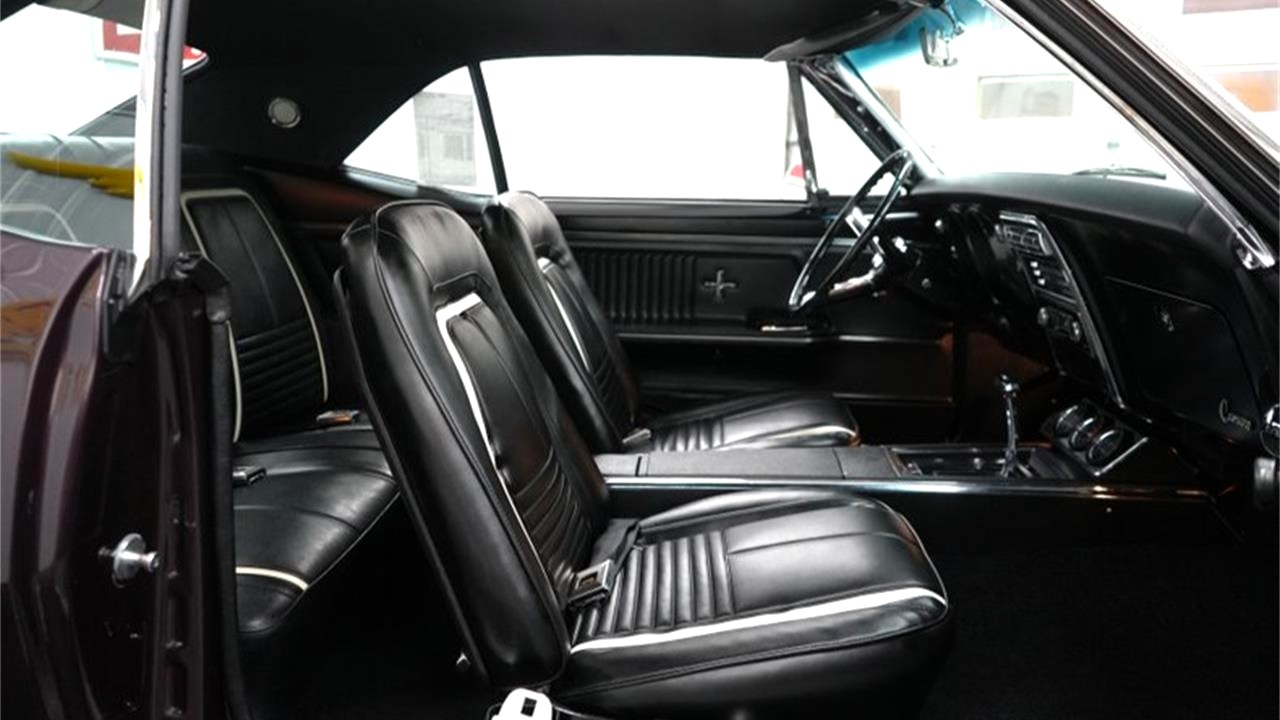
The 1968 Camaros with the RS package used black lower-body trim instead of the chrome of ‘67. I think it comes off as sleeker and, arguably, more tasteful, but the chrome treatment on this vehicle doesn’t bother me.
The available stripe used for 1967 was just that: one stripe, unless you opted for the Z28 performance package. The RPO for the 1967 stripe was D91 and it was standard on Super Sports; in April 1967, it was made available for non-SS (and non-Z28) cars. The stripe carried over into 1968, then was replaced by the D90 stripe in January, which was a similar nose stripe. Having a variety of stripes is great, but it’s not something that pushes me toward one year more than another.
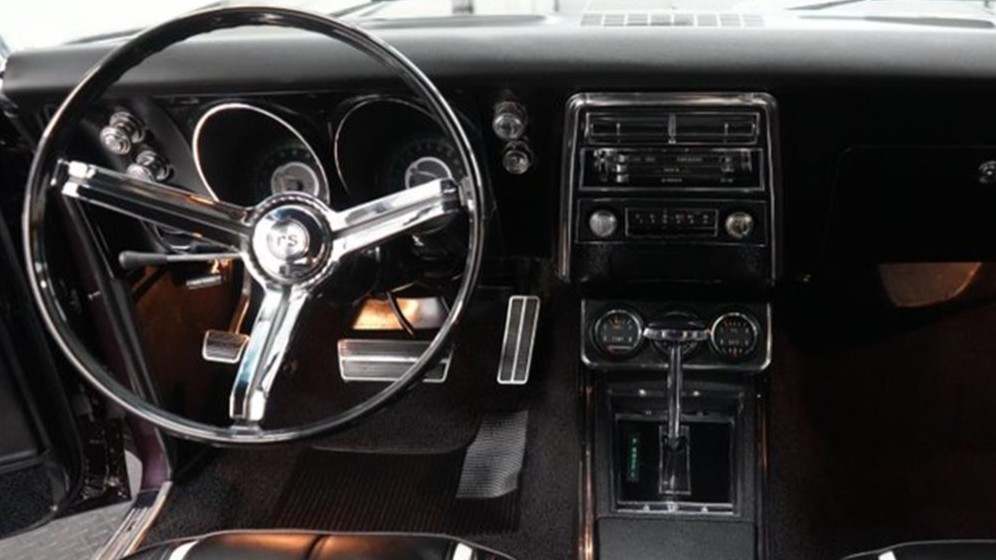
I have never been a fan of the ever-popular Rally wheels, but the 1967s are different than the rest. The key distinction is a shorter, neater hubcap. That piece alone makes the wheel much more attractive to me. I’ve never liked the ribbed, taller hubcap that was used on Rallys in subsequent years.
But what it really comes down to with the 1967 Camaro is a particular color that was only available for Chevrolets in ‘67: Royal Plum. It’s more purple than maroon, but it’s not a regular purple—obviously it’s more like the color of the fruit. To these eyes, it’s absolutely gorgeous, especially with white trim.
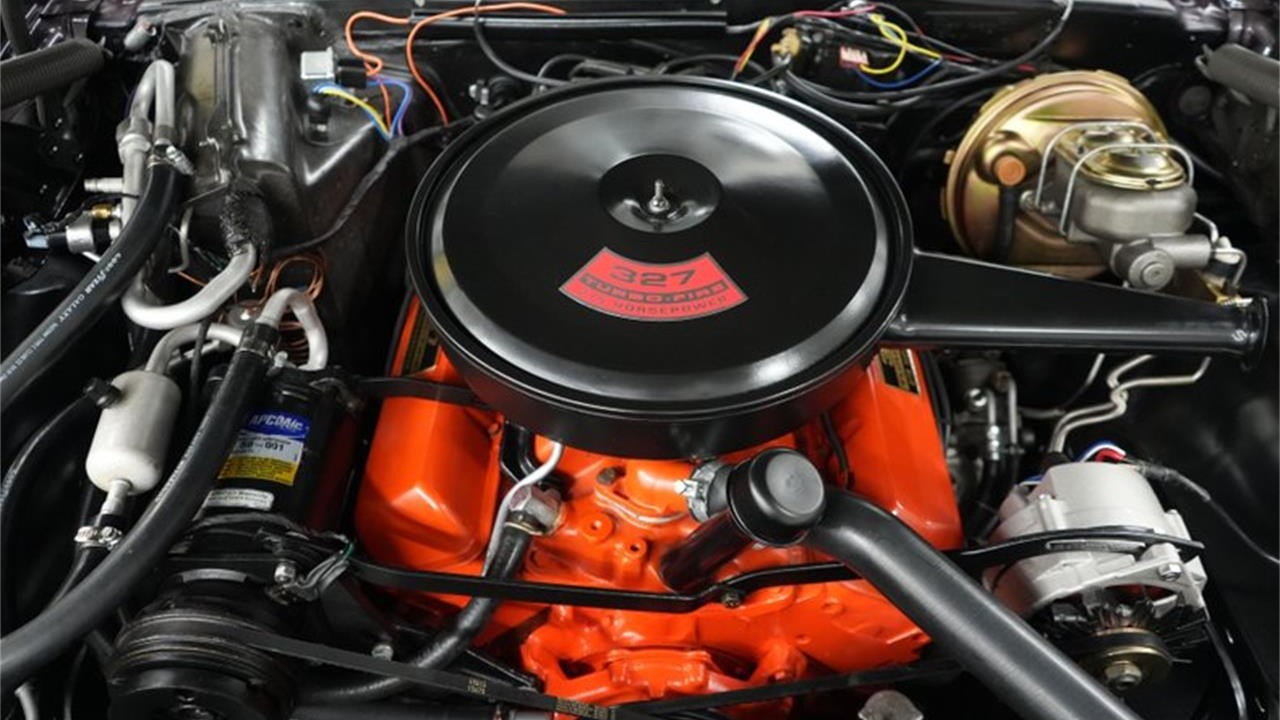
This Royal Plum 1967 Chevrolet Camaro RS shows why this is, in many ways, the Camaro of my dreams. Though not 100 percent factory, this Camaro has presence in spades thanks to the 15-inch Rallys with BFGoodrich Radial T/As (215/60/15 up front, 255/60/15 out back). The top engine available for a regular Camaro was a 327/275, which this appears to have as a “date-correct” replacement backed by a TH350 three-speed automatic (this is an upgrade from the Powerglide that was available in ’67). Other features include an Edelbrock aluminum intake, a Rochester four-barrel, a five-blade cooling fan, a black Deluxe interior, special instrumentation, a console, air conditioning, a three-spoke steering wheel with a tilt column, power steering and front disc brakes, a 10-bolt rear end with 3.08 gears, an aluminum driveshaft, a white D91 stripe, a black vinyl top, a front air dam, a rear spoiler, and more.
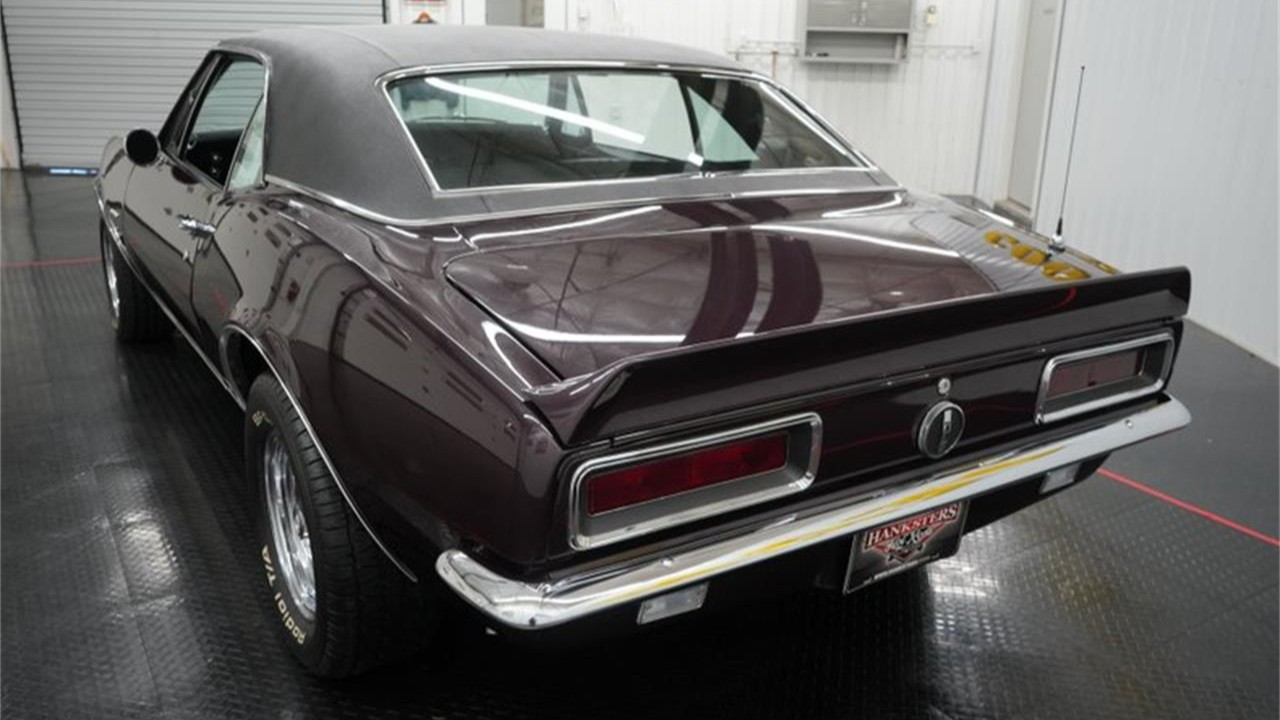
You’d be plumb crazy to miss the opportunity to buy this $67,900 prime piece of pony car. Only 2.7 percent of Camaros were produced in code M Royal Plum, so it’s certainly not something you’ll see often among Hugger Orange and Lemans Blue F-bodies.
Click here to view this Pick of the Day on ClassicCars.com

